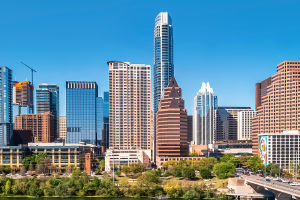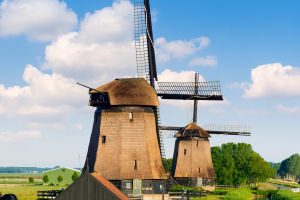Lykkers looking for an inspiring journey into the past will find the Derwent Valley in central England a fascinating destination.
This scenic area, shaped by a river and surrounded by rolling countryside, is where modern manufacturing first took root in the 18th century.
Once a purely agricultural region, it became home to pioneering textile mills that would go on to influence production methods across the globe. Today, these mills stand as well-preserved landmarks and form part of a UNESCO World Heritage Site.
The Birthplace of Modern Manufacturing
Where it All Began
The Derwent Valley stretches approximately 15 miles along the River Derwent, from Matlock Bath to the city of Derby. This area witnessed the construction of the first large-scale cotton spinning mills, driven by the power of water wheels.
These early structures represent the earliest phase of industrial development in textile production.
The Role of Water Power
The flowing River Derwent was a key element in this transformation. Water was channeled to turn enormous wheels, which powered the machinery inside the mills. This use of renewable energy was both innovative and efficient for its time.
Preserved Architectural Heritage
Many buildings from the 18th and 19th centuries still stand. Their preservation offers a glimpse into how production sites were designed and functioned during the early days of industrial progress. They serve not only as cultural landmarks but also as early examples of sustainable planning.
Highlights of the Derwent Valley
Lombe's Silk Mill
Located in Derby, Lombe's Silk Mill was one of the first modern factories in the world. Today, it has been transformed into a museum that illustrates the rise of textile manufacturing and the innovative engineering that powered it.
Visitors can explore exhibits that include early spinning machines and learn about the lives of those who worked in these facilities. Entry is generally free, though donations are welcomed.
Masson Mills
Near Matlock Bath, Masson Mills now function as a heritage site and retail village. Originally built in 1783 by Sir Richard Arkwright, one of the pioneers of mechanized cotton spinning, the mill includes a working textile museum where machinery still runs. Admission typically costs around £6 for adults and less for children.
Darley Abbey Complex
This small village north of Derby showcases a unique mix of historic industrial buildings and housing. The site includes several factory buildings, a landscaped area, and accommodations that once housed workers. While some parts are now privately owned or used for commercial purposes, the area is easily accessible on foot and provides an excellent walking tour experience.
Planning Your Visit
How to Get There
Derwent Valley is well connected by public transportation. Derby, the southern point of the valley, is a hub with train connections to major cities such as London, Birmingham, and Manchester.
From Derby, visitors can take local buses or regional trains to reach towns like Matlock Bath and Belper. If traveling by car, the A6 route follows much of the valley and offers scenic views.
Travel Tips
- Start from Derby: It provides the easiest access to multiple key locations within the valley.
- Use the Heritage Way Footpath: Ideal for those who enjoy walking, this route links many of the historical sites along the river.
- Check Operating Hours: Some museums and mills have limited opening days, especially during off-peak seasons.
- Dress for Comfort: Much of the exploration involves walking or light hiking, so suitable footwear and layered clothing are recommended.
- Combine History with Nature: The region features beautiful landscapes perfect for picnics, photography, and light outdoor activity.
In Conclusion
Derwent Valley offers more than just a look into the early stages of mechanized manufacturing—it provides a full experience of innovation, heritage, and landscape combined.
For Lykkers seeking a destination rich in history and beauty, this valley promises both learning and leisure. With well-preserved mills, informative museums, and easy access, the Derwent Valley is a perfect blend of educational travel and outdoor enjoyment.


